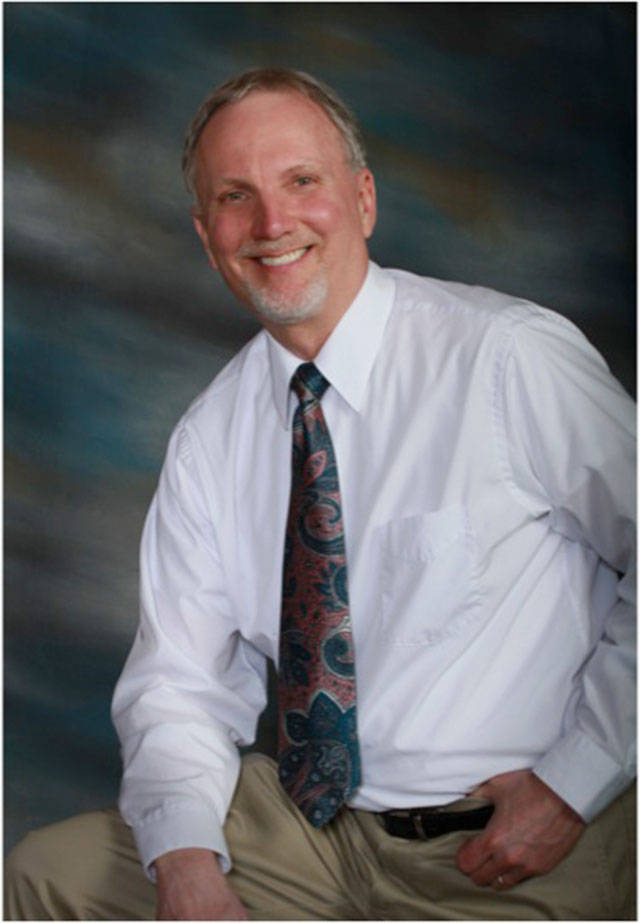Are U.S. presidents responsible for the economy? Can President Trump and the Republicans take credit for the 4.1 percent growth rate we are experiencing?
That’s an interesting question that needs to be explored, since most people vote with their pocketbooks around election time.
A way to answer the question is to explore an even bigger economic boom of 13.4 percent growth that took place in 1950 during the other “Trum…” presidency – Harry Truman. This column is based upon an article written by New York Times writer Robert J. Shiller in the Aug. 10, 2018, edition. The title of the article is, “The Economy Grew Even Faster in Truman’s Presidency. So What?” (https://www.nytimes.com/2018/08/10/business/the-economy-grew-even-faster-in-trumans-presidency-so-what.html).
Trump’s devoted followers give Trump the credit for the economy due to tax cuts, the cutting of immigration, reductions in regulations and Trump’s economic cheerleading. Housing prices are up 10 percent, unemployment dropped to 3.8 percent in May and the stock market is up 30 percent since 2016.
Unknown to many people, however, is the fact that the economy acts like a wave, going from periods of high growth, booms, followed by periods of economic decline, called busts. Most of this economic cycle is largely beyond the control of any president. We’ve had a similar 4.1 percent rate 101 times since accounting of the economy began in 1947, according to Shiller.
In 1950, there was no tax cut. Government spending was low after World War II. The General Agreement on Tariffs and Trade had been created in 1948 with the goal of reducing tariffs. Shiller speculates that the cause of the booming economy was actually bad news rather than good.
In August 1949, the Soviet Union detonated its first nuclear bomb, ending a brief U.S. nuclear monopoly held since the bombing of Hiroshima and Nagasaki in 1945. As a result of this test and the beginning of the Cold War, many people decided it was safer to live in the suburbs, rather than in the big cities. They built vacation homes in rural areas and moved to the suburbs to avoid the effects of a nuclear attack. The fear was aided by the Korean War, which began in June 1950, increasing uncertainty. A massive housing boom resulted, also caused in part by the postwar baby boom.
The New York Times of that era reported that people were deeply fearful of a nuclear war. This caused a splurge in buying of goods that many worried would be in short supply or nonexistent in a global war. Rationing of vital goods was common during World War II. People anticipated its return and that building would be curtailed, so a housing boom resulted, driving up the economy.
As a result of the high tension over North Korea and its nukes, the fear of a nuclear confrontation has risen to levels not experienced since the 1950s. Because of uncertainty over tariffs on steel and soybeans, many industries are buying now before prices rise. As interest rates rise, many people are attempting to finance housing to avoid higher rates in the future. This has also spurred consumer spending.
According to Shiller, Trump’s ostentatious lifestyle may also be influencing people to “keep up with the Joneses” rather than keeping up with his billionaire lifestyle.
Shiller believes we need to be careful in attributing our boom to confidence brought about by President Trump and the Republican Congressional tax cut. It is probably due to a variety of factors that include fear and uncertainty about the future.
If there is a sudden recession which, according to previous cycles, we are due for, that will not be Trump’s fault either. Those facts of economics need to be considered in the November election. Voting based on the economy reflects a short-sighted perspective.
History from the time of Harry Truman teaches us that presidents have very little influence on the economy.
The atmosphere of fear and uncertainty however, which Trump has excelled in creating during his first year and a half in office, may be part of the mix of forces that are driving the economy instead of good economic decisions from the president and Congress.


